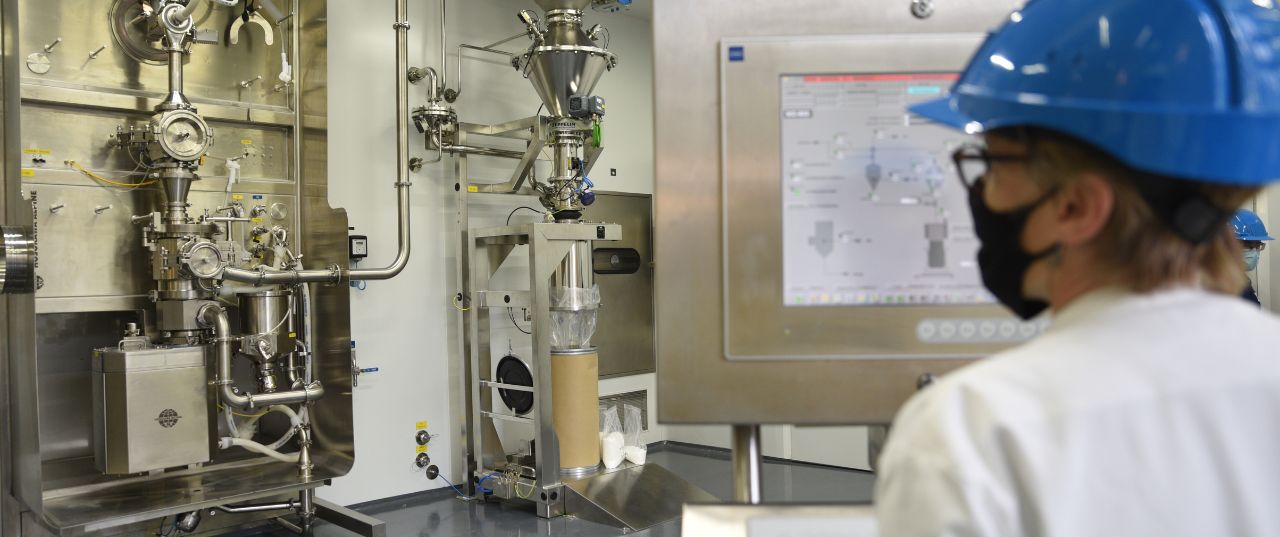
Bioavailability & uniformity, micronization has come to stay
María José Baena, Manager Production Support and Process Improvement
Enric Domènech, Production Support Technician
Many drugs, especially newly developed substances, have lower solubility and lower permeability, which limits their oral bioavailability. The dissolution rate can be enhanced by using micronized active pharmaceutical ingredients (APIs).
The process of micronization allows to get fine particles and to achieve a specific particle size of an API. Drug powder properties are decisive for the manufacturing of a dosage form and for therapeutic success, the characterization of the particle surface and powder properties plays an important role.
AGC Pharma Chemicals opted for a dual system mill from Hosokawa Alpine to enable wider applications. Thanks to the multi-process system including bed opposed jet milling and mechanical impact milling, the company is able to get fine and ultrafine particle size (< 5 µm) but also it is able to obtain a coarser particle size with the mechanical mill.
More than 30% of today’s APIs require micronization. In the forthcoming years, it is expected this figure to grow due to the rise of high active pharmaceutical ingredients (HAPIs), which will require the usage of particle size reduction technologies.
AGC Pharma Chemicals, a reliable CDMO for small molecule APIs based in Spain and Japan, rapidly set up a micronization plant to broaden its service level for customers. In addition, the unit can operate HAPIs (OEL band 1-10µg/m3).



